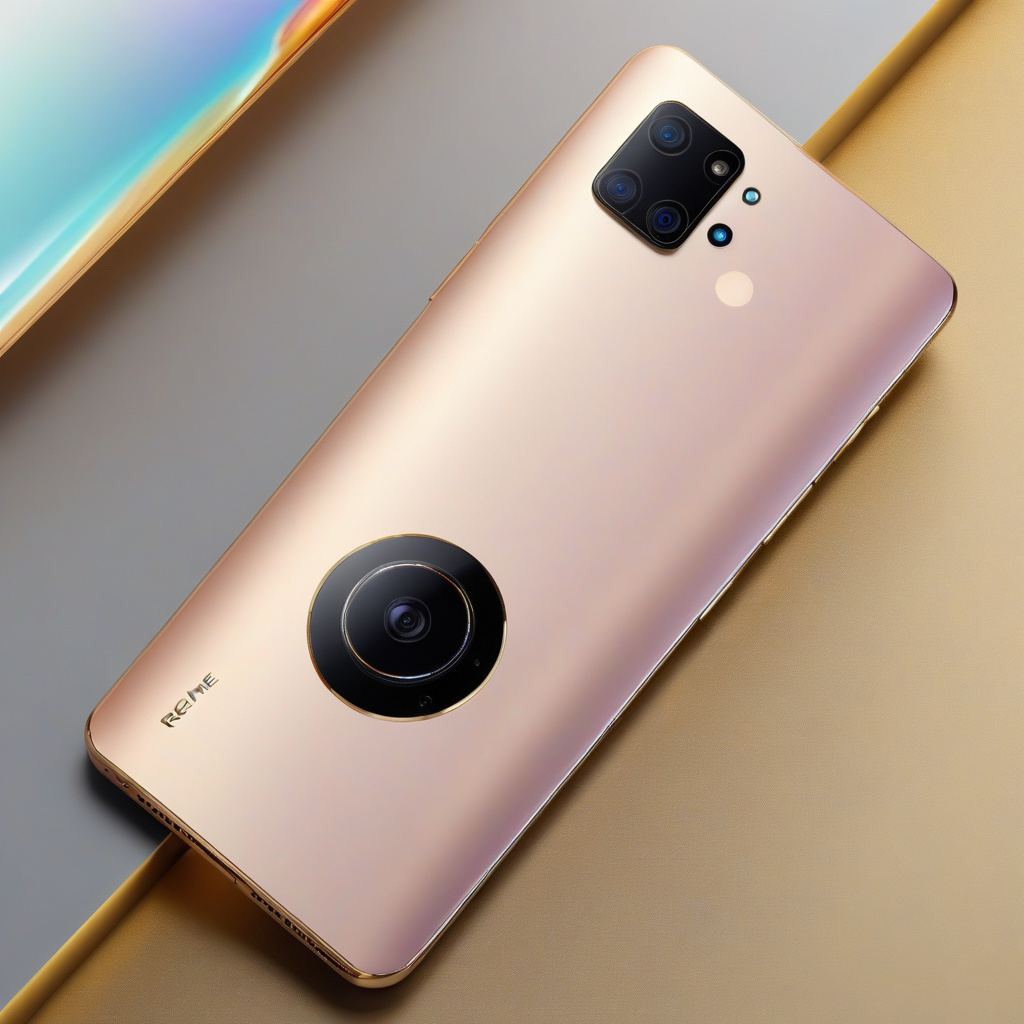Realme is shaking up the smartphone world with its latest concept phone showcased at MWC in Barcelona. The Realme Ultra blurs the line between mirrorless cameras and phones, sporting a design reminiscent of the Xiaomi 15 Ultra with a two-tone look inspired by classic Leica cameras.
While the Xiaomi 15 Ultra and Realme Ultra share a similar aesthetic, their functionality sets them apart. The Realme Ultra features two traditional cameras—an ultrawide and a main camera—while the telephoto lens requires external optics. Users need to attach a lens, similar to those used with DSLRs, over the exposed sensor to capture shots.
At the event, Realme displayed two lenses compatible with the phone—a 73mm lens for portraiture and a 234mm telephoto lens for sports or wildlife photography. These lenses, produced by a third party, utilize the Leica L-mount with a proprietary adapter for phone attachment, offering manual focus without lens contacts.
The Realme Ultra’s telephoto performance was showcased against the iPhone 16 Pro Max, highlighting the remarkable difference in image quality at 10x zoom. The photos exhibited creamy natural bokeh, akin to DSLR shots, showcasing exceptional quality. While the iPhone may be more pocket-friendly, the Realme Ultra offers a unique photography experience.
This innovative concept follows Xiaomi’s earlier attempt with the 12S Ultra, which also featured interchangeable lenses and a 1-inch type sensor. Although Xiaomi’s concept remained unrealized, Realme’s version is currently described as “not currently mass produced,” leaving open the possibility of a future launch.
Looking ahead, Xiaomi has teased another intriguing concept for 2025, featuring a sensor integrated into the lens module, utilizing a MagSafe-style connection for wireless image transmission. The competition between these cutting-edge concepts promises an exciting future for smartphone photography enthusiasts.
In a rapidly evolving tech landscape, these advancements demonstrate the ongoing convergence of traditional camera functionalities with smartphone capabilities. As technology continues to push boundaries, the line between dedicated cameras and smartphones is becoming increasingly blurred, offering users new and exciting possibilities for capturing moments in unprecedented ways.

